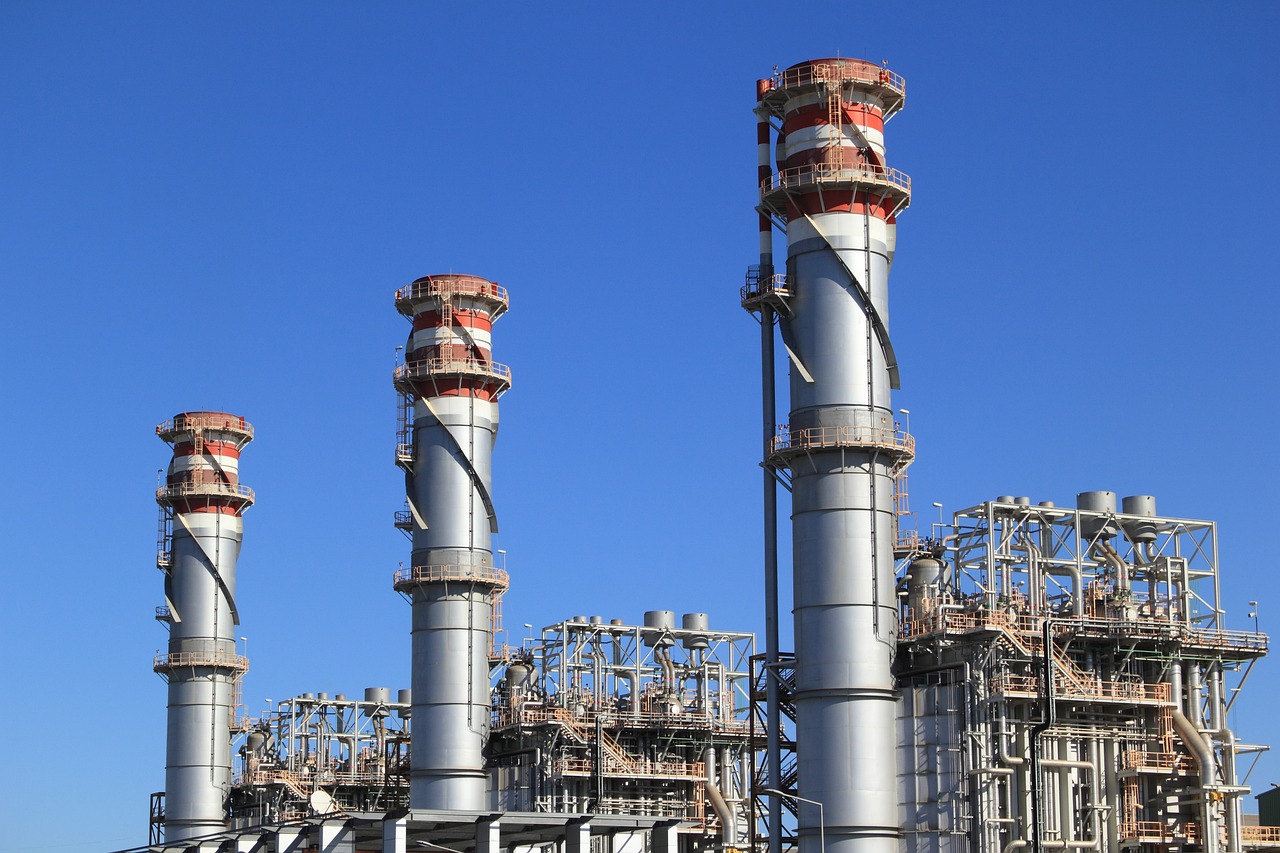Pressure drop refers to the decrease in pressure that occurs as a fluid flows through a conduit, such as a pipe, duct, or tube. It is a fundamental concept in fluid mechanics and plays a crucial role in various engineering applications, including piping systems, HVAC (heating, ventilation, and air conditioning) systems, and chemical processing.
Key Aspects of Pressure Drop:
Causes of Pressure Drop: Pressure drop can occur due to several factors, including frictional losses, changes in flow velocity, and fluid properties. Friction between the fluid and the walls of the conduit causes energy loss, resulting in a decrease in pressure along the flow path. Additionally, changes in flow velocity, such as acceleration or deceleration, can also contribute to pressure drop. Moreover, alterations in fluid properties, such as viscosity and density, can influence pressure drop behavior.
Types of Pressure Drop: Pressure drop can be classified into two main types:
- Major Pressure Drop: This refers to the significant pressure loss that occurs over the length of the conduit due to frictional effects. It is typically associated with straight pipe sections and is proportional to the length of the conduit and the square of the flow velocity.
- Minor Pressure Drop: Also known as local pressure drop or minor losses, this type of pressure drop occurs at localized points within the conduit, such as pipe fittings (e.g., elbows, valves, tees), expansions, contractions, and obstructions. Minor pressure drop is typically expressed in terms of a loss coefficient (K-factor) for each fitting or component.
Calculation of Pressure Drop: The calculation of pressure drop involves various factors, including the geometry of the conduit, flow rate, fluid properties, and the presence of fittings or obstructions. Engineers use empirical equations, theoretical models, and computational fluid dynamics (CFD) simulations to estimate pressure drop accurately. For straight pipe sections, the Darcy-Weisbach equation or the Colebrook-White equation is commonly used to calculate frictional losses. For minor pressure drop due to fittings, empirical correlations or manufacturers’ data are used to determine the loss coefficients.
Significance in Engineering Applications: Pressure drop is a critical parameter in the design, operation, and optimization of fluid systems. In piping systems, excessive pressure drop can lead to inefficiencies, reduced flow rates, increased energy consumption, and system failures. Therefore, engineers carefully consider pressure drop requirements to ensure that fluid systems meet performance criteria while minimizing energy losses and operational costs.
Pressure Drop Considerations: Engineers must consider several factors when evaluating pressure drop in fluid systems, including:
- Design requirements and constraints
- Fluid properties and characteristics
- Flow regime (e.g., laminar, turbulent)
- System layout and configuration
- Environmental conditions (e.g., temperature, altitude)
- Safety and regulatory standards
Mitigation Strategies: To mitigate excessive pressure drop, engineers may employ various strategies, such as optimizing pipe diameters, selecting appropriate materials, minimizing the number of fittings, using smooth internal surfaces, and employing flow control devices (e.g., throttling valves, flow restrictors). Additionally, periodic maintenance and cleaning of fluid systems can help reduce pressure drop by minimizing fouling and debris buildup.
In summary, pressure drop is a fundamental concept in fluid mechanics with significant implications for engineering design and operation. By understanding the causes, types, calculation methods, and considerations associated with pressure drop, engineers can effectively design and manage fluid systems to optimize performance, efficiency, and reliability.














